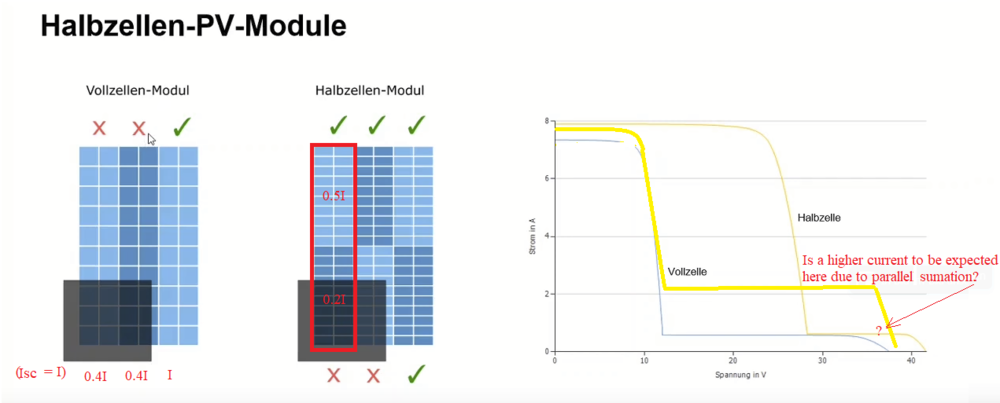

LynetteOC
-
Posts
6 -
Joined
-
Last visited
Posts posted by LynetteOC
-
-
Thanks Frederik,
Just to clarify with regard to exportable results, what fields are included? Indicent solar radiation, module temperature, DC energy AC energy etc.
Thanks for your help,
Kind Regards,
Lynette
-
Thanks Frederik,
Thanks for the link to the research paper for the method applied to estimate the minute level data. Its an excellent feature for the tool. I have a couple more questions.
a) Is the resultant minute solar radiation data (incident or other) available as an output (data file) in PVSOL and
b) is the highest time step for shading still 10 minutes. I looked into it over a year ago and I'm wondering if it has been updated.
I'm trying to decide whether to invest in PVSOL in a research project on optimal inverter configurations for shading.
Kind Regards,
Lynette
-
Hi there,
I have a followup question regarding the use of EPW hourly data and the simulation of shaded systems. I am aware that the simulations run at 10 minute intervals with regard to shade evaluation, but if the weather data is hourly instantaneous, how does PVSOL evaluate the solar radiation within the hour, or does it assume the solar radiation is constant throughout the hour?
Kind regards,
Lynette
-
Hi Martin,
Thanks for the youtube video. I had some fun with the autotranslate. Luckily I have some German from my Irish Abitur exams, though it was over 20 years ago!.
I understand that the module is outputting 2/3 rds of its output at 1G, and 1/3 rd at the shaded irradiance. I was expecting the behaviour to be different however, but maybe I am misunderstanding something, as the diode position is not given. Assuming the diodes combine the two parallel strings outlined in the red rectangle in the halfcell module, and the current from each half cell section to be half of the full cell, I don't see the addition of the currents in the simulation for each bypass diode group. I was anticipating that the currents coming from the shaded half cell bypass diode sections, would be greater than the the shaded full cell bypass diode sections, as half of the current is combined with 0.2 of the current in the scenario outlined below, where I = Isc. The full cell would be generating 0.4I. Could you please clarify?
-
Hi Martin,
I am interested in approaches to modelling half cell modules during shading. I am aware from other pvsol literature that once a shade line hits a standard submodule section, it's considered shaded and generates according to the shaded irradiance. For halfcell modules with typically six distinct submodule areas, is the approach to sum the currents of sections with common bypass diodes, and then sum the voltages of the bypass diode sections? I would be grateful if you correct any inaccuracies, and let me know if there is any literature available describing the modelling approach used by pvsol for shaded half cell modules.
Kind regards
Lynette


PV*Sol - Irradiation and atmospheric Database sources
in PV*SOL
Posted
Thanks for this Frederik. I notice all radiation units include time, kWh/m², hence energy measures and not instantaneous.
1) Is the instantaneous irradiance integrated over the timeframe of choice by direct multiplication by the time interval?
2) Looking at for example this output per module face, is it available for one minute intervals if the minute analysis is selected, or is it only available hourly? 3) Is it available per module face or per substring face within module?
Kind Regards,
Lynette